We at The Sapling always love a good behind-the-scenes look into our favourite books, and we know you do too! So, as part of our coverage of this year’s NZCYA Awards, we’ve asked the authors of the Elsie Locke for Non-Fiction fiction finalists to spill the story behind their stellar books!
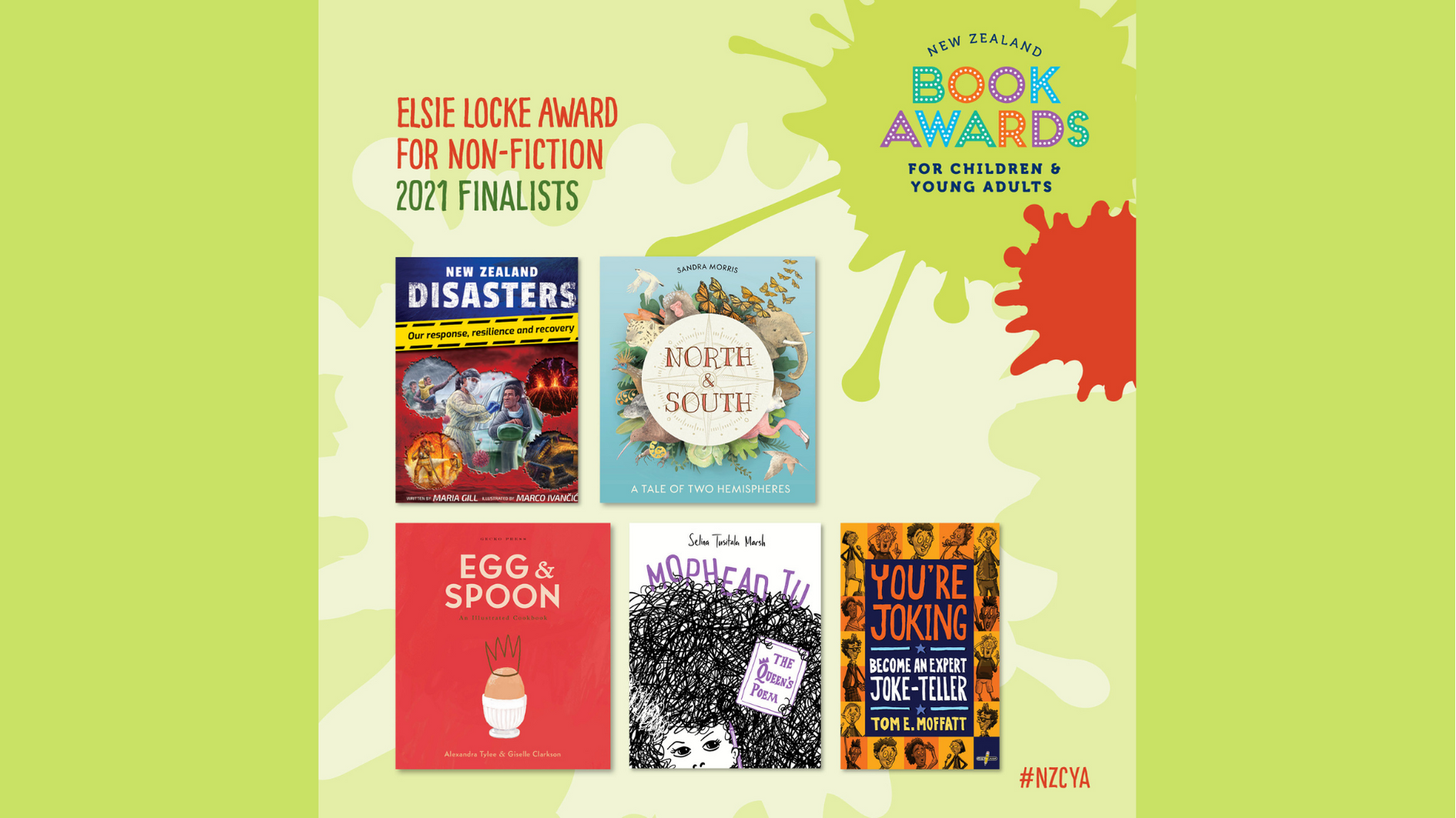
The story behind New Zealand Disasters: Our response, resilience and recovery
A month after I started researching and writing New Zealand Disasters, I heard on the television that a terrorist had killed people at two mosques in Christchurch. I wrote a section on massacres a while later and it was difficult to put into words. But we decided to not include the traumatic event, instead, finishing the book with a memorial page. When illustrator Marco Ivancic was busy illustrating the pictures, White Island erupted. In the New Year, editor Penny Scown edited the book while our skies were a dusky pink from the horrific wildfires raging throughout Australia. While the book was at the designers, we went into lockdown because of the Covid19 pandemic. A Creative New Zealand grant enabled Marco and I to update the latest disasters.
One month after the book was released in February 2021, New Zealand had two tsunami alerts after three large offshore earthquakes. The news showed video clips of people waiting on hilltops for the all-clear and images of empty beaches. It demonstrated that citizens had listened to the Civil Defence advice and how important education is for disaster preparation. This is what our book emphasises with tips on what to do in each disaster. Text boxes also reveal what we’ve learned each time.
I decided to write the historical events from when Tarawera erupted, right up to the Covid19 pandemic, in creative nonfiction style as I wanted to create a sense of what it must have felt to be there when the disaster was happening. On the next double page spread I wrote about similar events in fact boxes, including an introduction stating why New Zealand has them. Marco’s dynamic and realistic illustrations, as well as photographs, add to the drama on the pages. I also included a map of the North and South Islands showing where the disasters occurred across the country. From teaching experience, I know that students and teachers can use the graphics in their thematic studies.
I decided to write the historical events from when Tarawera erupted, right up to the Covid19 pandemic, in creative nonfiction style as I wanted to create a sense of what it must have felt to be there when the disaster was happening.
So, you might be asking why such an interest in disasters? It purely comes from a desire to help young people be prepared for them. I believe it will help scale down the stress while experiencing one and that’s why I included a double page spread on what to do if you have post-traumatic stress syndrome. In the back section of the book, I also acknowledge the people who help us survive and rebuild our lives — the emergency responders and essential workers. It’s only after a disaster we realise how much we depend on them and how valuable they are.
In 2004, a ten-year-old girl saved a hundred people from dying on a beach in Phuket, Thailand when she recognised the signs of an imminent tsunami from a science lesson, she had learned two weeks beforehand in school. I’m hoping that New Zealand Disasters will give young people the knowledge and confidence to do the same one day if the situation ever arises.
Maria Gill
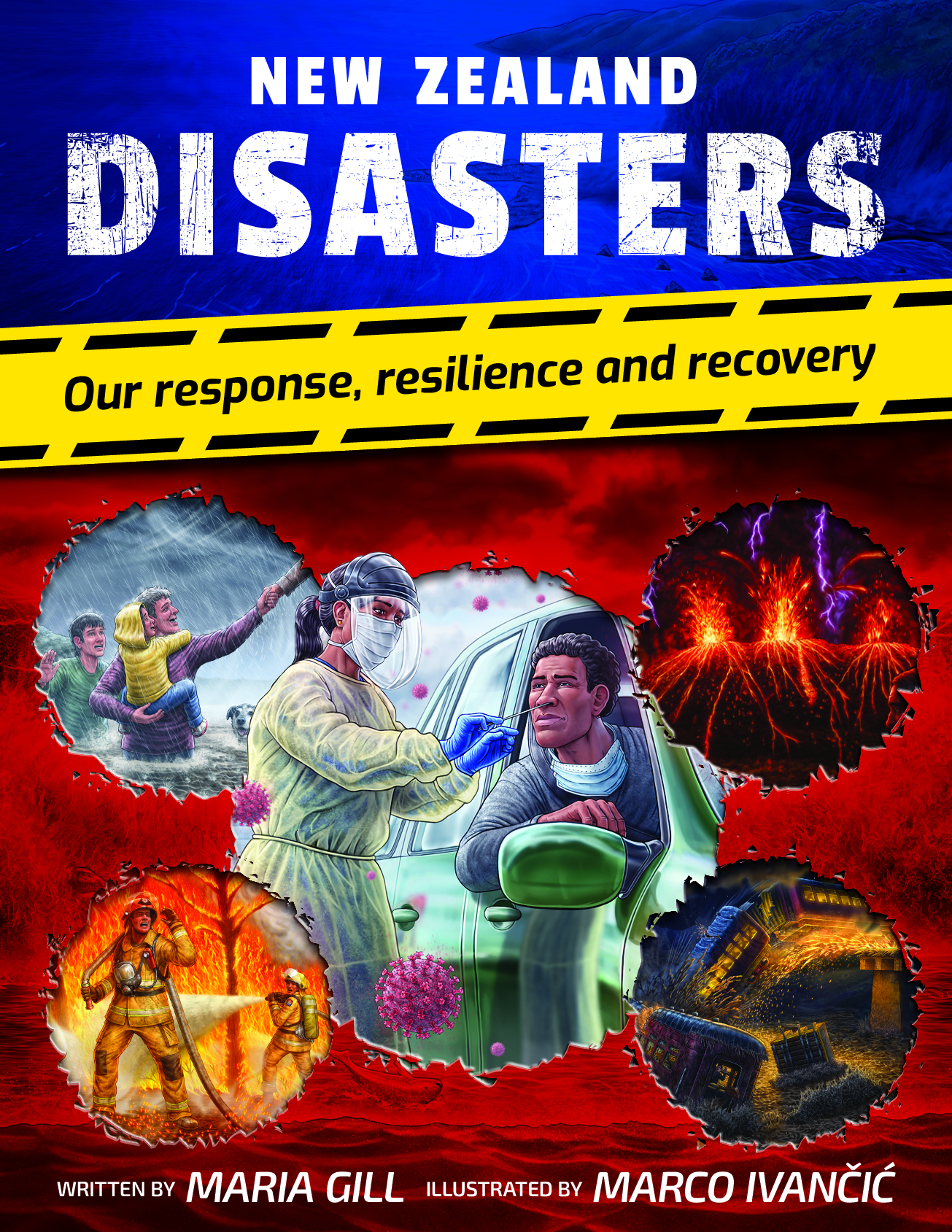
New Zealand Disasters: Our response, resilience and recovery
By Maria Gill
Illustrated by Marco Ivančić
Published by Scholastic NZ
RRP $29.99
Bringing North & South to life
The fascination of seasonal life being different at the same time in both halves of the world has been with me since childhood.
In 2001, I visited the UK and mentioned the idea to an editor at Walker Books in London but we couldn’t quite see how it could work. Many years later, in 2015, when the impact of climate change had become very obvious and urgent action was called for, it just came to me. I started researching seasonal animal behaviours and saw the incredible adaptations animals have made for their survival over the years.
I sent a rough synopsis, layout, and list of likely animal candidates along with information about them for each month to Liz Bicknell at Candlewick Press in the US and she helped make the final selection.
The fascination of seasonal life being different at the same time in both halves of the world has been with me since childhood.
We wanted a broad coverage of species and countries represented. It worked perfectly to feature each month as a double page spread and look at one northern and one southern hemisphere animal on each spread. As this book sat waiting for editorial input for some years, the world changed dramatically and so I included such things as recent environmental and climatic changes, and the conservation status of each animal featured, based on the International Union for Conservation of Nature’s Red List of Threatened species. The book was rearranged over time and the pages of additional facts I had at the back were incorporated into the body of the book for easier, quicker reference for readers.
Sir David Attenborough’s documentaries have been a huge influence and I often take notes as I watch his documentaries — always thinking how can I use this?
As I researched for this book I discovered that some of the creatures I had planned to include have become extinct, such as the beautiful Golden Toad from the Cloud forests in Costa Rica. With the climate changing, and things like habitats being affected by human habitation, many more animals are now at huge risk of not surviving because they cannot adapt fast enough. I wanted to highlight this to my young readers but at the same time didn’t want them to feel discouraged so I added How to Help ideas at the back of the book to empower children to take action and help.
Sandra Morris
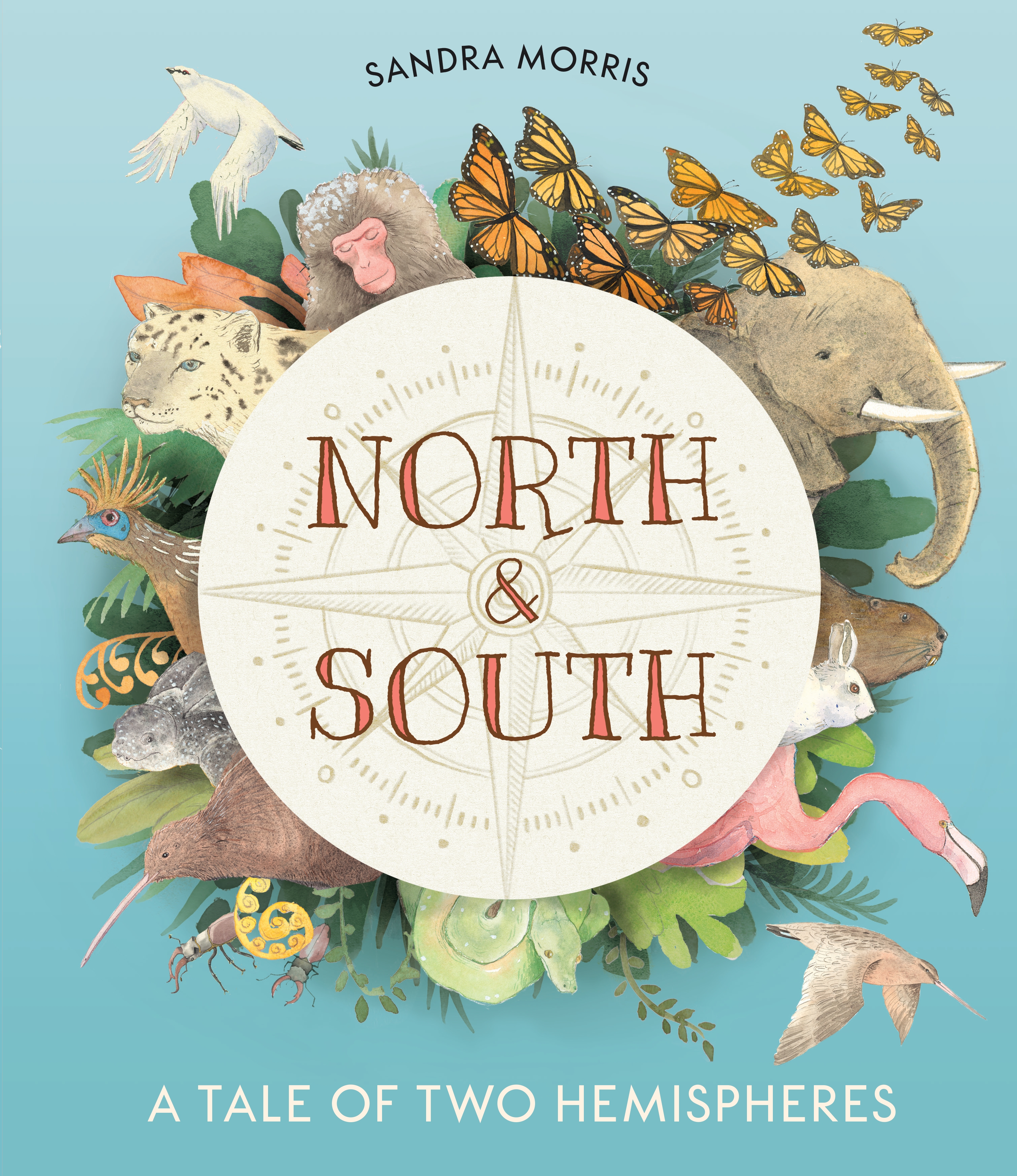
The birth of Egg & Spoon
I had previously written two cookbooks aimed at adults and wanted to write one that would appeal to, and be suitable for, children. Not that children are not capable of understanding and using conventional cookbooks — they are and do! But I saw a gap for a book that did not talk down to children, that understood the average child these days is just as likely to want anchovies on their toast as peanut butter, and that they are quite capable of finding their way around a kitchen without cutting off a toe and burning their eyebrows.
Some adults have become very serious about food and cooking which can take a lot of the joy out of it. Cooking has the potential to be a lot of fun if people are allowed to relax and not feel that they must come up with something to win MasterChef every time they enter the kitchen.
I also get a lot of joy from raw produce, and I wanted to give children a sense of this. As well as the beauty in, and satisfaction gained from, executing a perfectly boiled egg or roast chook. But also, that if things go sideways and the result isn’t perfect — the cake is a bit wobbly — it is alright, it can still taste delicious.
I saw a gap for a book that did not talk down to children, that understood the average child these days is just as likely to want anchovies on their toast as peanut butter, and that they are quite capable of finding their way around a kitchen without cutting off a toe and burning their eyebrows.
Another aspect of the book recognises that quite a few of us are not able to eat everything, and this can be frustrating when trying to follow recipes. I wanted to create a cookbook that acknowledged this and dealt with it by showing that it is quite possible to cook and eat delicious food without having to use gluten, processed sugar and dairy — and in fact often it can be preferable.
The book is a mix of my love of nature and my cooking philosophy now, what I loved as a child, what I cook now with my own children. It’s not so much a children’s cookbook as one that tries to tap into a childlike pleasure in making food. And the decision to use an illustrator, Giselle Clarkson, instead of a photographer as I had done in the past reinforces this: her delightful illustrations help us to understand that while cooking is a necessary part of our lives there is no reason why it can’t be fun.
Alexandra Tylee
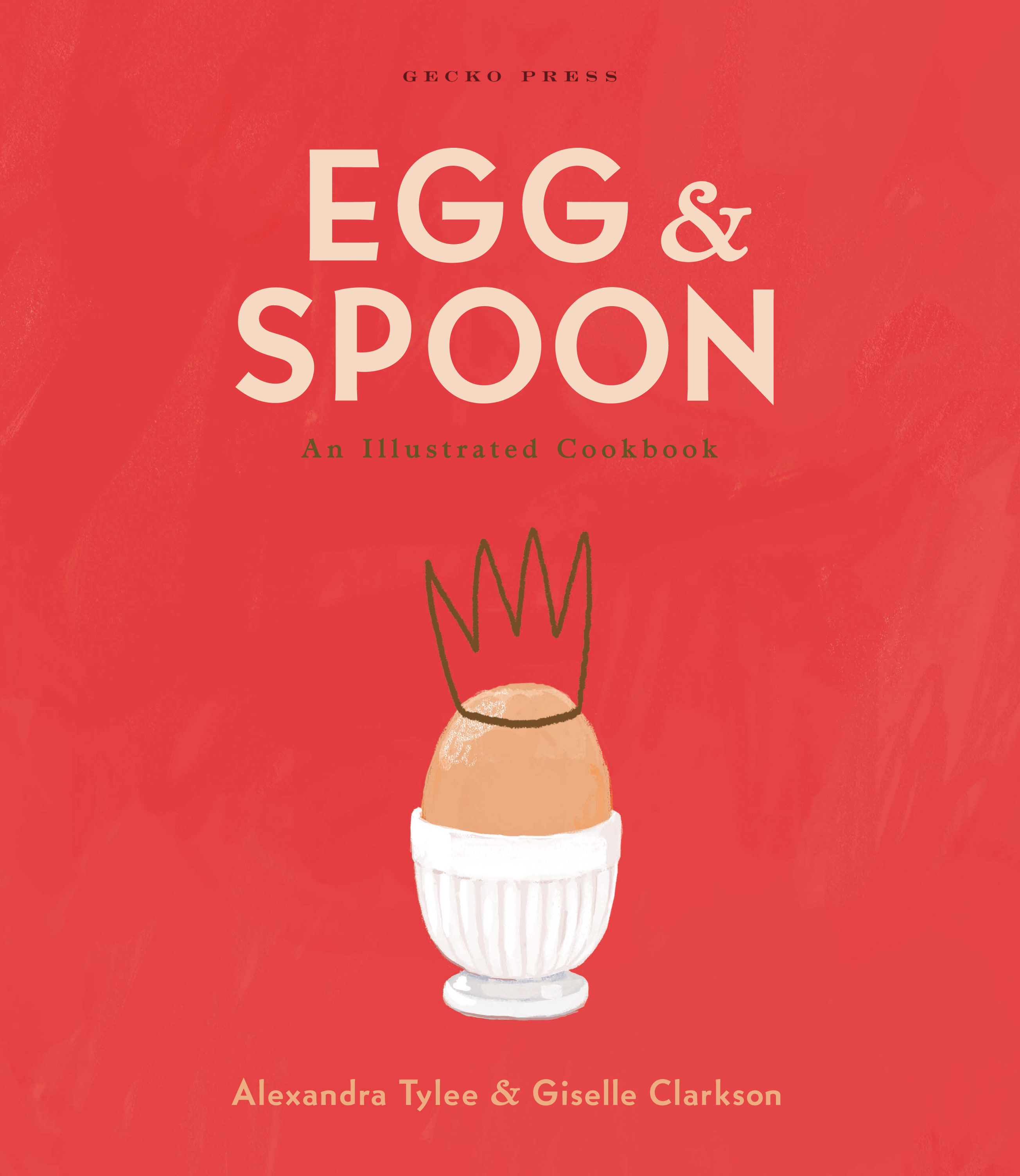
Egg & Spoon: An Illustrated Cookbook
by Alexandra Tylee
Illustrated by Giselle Clarkson
Published by Gecko Press
RRP $40.00
A Moppy MeditationAn atom is to a golf ball what a golf ball is to the earth. That’s what stories are like. We are comprised of millions of tiny stories. Together, they make up the world of us. Writing a poem for the Queen is one of my atoms. That story itself is comprised of thousands of different particles which in turn could be pulled out into a thousand different strands of story. Mophead TU: The Queen’s Poem is one strand. It reflects what happened, but also, what I needed at the time of writing and drawing. I was wrangling with lots of other little stories in my life – bigger themed stories like:
‘How do I stand…like…anywhere?’
‘What does the legacy of my name mean…like…anywhere?’
‘Why do racist slice shots like If we hadn’t come along you people wouldn’t have universities to work in and complain from keep taking us off course?’
Poetry is words and worlds. Just the difference of one letter – the letter ‘l’ – tilts my orientation of meaning off on another plane of existence. I love that. So do kids. They shoot their hands up in the air when I ask them:
What poetry tools am I using in the title: Mophead TU?
‘Homophones!’ They shout back.
‘Where?’
‘TU and two and too!’
‘Why?’
‘Because it’s Book Two and its TU as in e tu, stand!’
‘Why does Mophead need to stand?’
‘Because the Queen is (to quote one child’s written note to me) a bit of a brute.’
An atom is to a golf ball what a golf ball is to the earth. That’s what stories are like. We are comprised of millions of tiny stories. Together, they make up the world of us. Writing a poem for the Queen is one of my atoms.
How I laughed out loud! I thought she came off a bit better than that in my story. After all, we come together at the end — we have to. It’s at the heart of ‘Unity’, my poem to the Queen. But from Mophead Book One they know what a frenemy is. The Queen’s a bit like that. What she stands for, colonialism, is bullying behaviour. The naming, taming, shaming game is one kids recognize. It’s why I dub Book TU as ‘colonialism 101 for kids.’ I wrote the book to flesh out a story I’m frequently asked to tell. I wrote it to show my creative process is. I wrote it to help me understand colonialism more, and my place in this ‘postcolonial’ world using Albert Wendt’s all-encompassing definition that mini-Mophead shares where the post part means in, around, through, against and alongside. I wrote the story because it asked me TU. Poets love connections, patterns, synchronicities verbal and imagistic. That me and the Queen should share the same actual birthday, that I was exactly half her age when I met her (a fact I thought to mention but good manners prevented me from doing so), that I grew up thinking she was a palagi (pakeha) cousin for most of my childhood because mum had a hung a portrait of a teenage Elizabeth sitting astride a decorated horse above our kitchen door way. It all made complete sense! What better way to explore ways to stand in all the atomic complexities that make up our storied world? What better way to explore how to keep being TU much!
Selina Tusitala Marsh
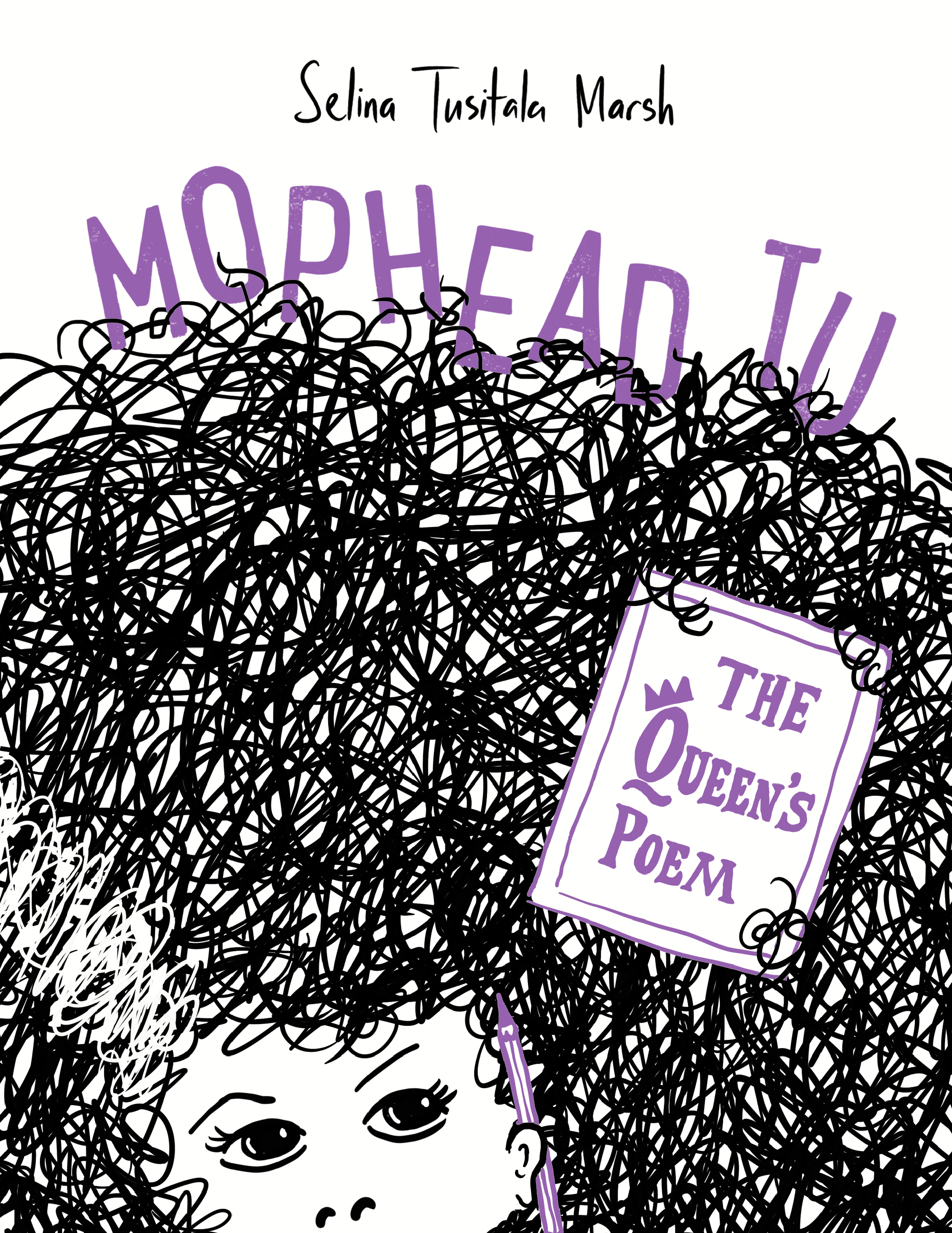
Mophead Tu: The Queen’s Poem
By Selina Tusitala Marsh
Published by Auckland University Press
RRP $24.99
How You’re Joking: Become an Expert Joke-Teller came to beTo tell the story behind You’re Joking: Become an Expert Joke-Teller, I need to go all the way back to the beginning of my writing journey. I didn’t emerge from the womb with a pen in one hand and a notebook in the other, like many authors seem to. Mine was a longer — yet equally popular — route into writing for kids; I became a primary school teacher. I found myself reading to my class every day, exposed to the things they read, and discovered a love for children’s books that I never fully developed as a child. I also met interesting characters and hilarious situations on a daily basis.
Ideas flowed from my fingertips. The problem was, I had more ideas than time to write them, and my passion for writing began to obscure my love of teaching. I grew tired of the profession, seeing it only as something that stopped me writing. I battled against it for a few years, before coming to the realisation that teaching is an all-or-nothing occupation.
So I quit.
I got an 8-5 job to pay the bills and threw all my passion and creativity at my writing, rather than at teaching. I wrote every single day, rather than just during the holidays, and was even able to write jokes during downtime at work — a foreign concept for teachers!
I didn’t emerge from the womb with a pen in one hand and a notebook in the other, like many authors seem to. Mine was a longer — yet equally popular — route into writing for kids; I became a primary school teacher.
I still visited schools as an author, but bombarding kids with jokes and funny stories was a far cry from my previous experiences in the classroom. I viewed teaching and writing as opposing forces: two completely separate parts of my life, one past, one present.
But in all my author visits (and even at home) children would tell me jokes. And as is often the case with kids, the way the joke was told was frequently funnier than the joke itself. I’d also receive emails from fans with jokes they’d made up. And each time, the teacher within me reared his head and wanted to support and guide those students to excellence.
After all, I’d written over one thousand original jokes and had been telling them all my life. I came to the realisation that I could help kids improve their jokes, and maybe even their reading. I just needed to embrace my teaching past and connect it with my joke-loving present.
That was the seed that became the You’re Joking series. Books that teach kids how to tell and create jokes, while also using jokes to develop reading, writing and speaking skills. A series that incorporates my teaching experience, rather than running away from it.
Writers need to embrace their past. it’s what defines them and gives them their own unique voice. Become an Expert Joke-Teller and its upcoming sequel Create your own Knock-Knock Jokes is a culmination of my past and present, and was the perfect stopover at this point in my author journey.
Tom E. Moffat
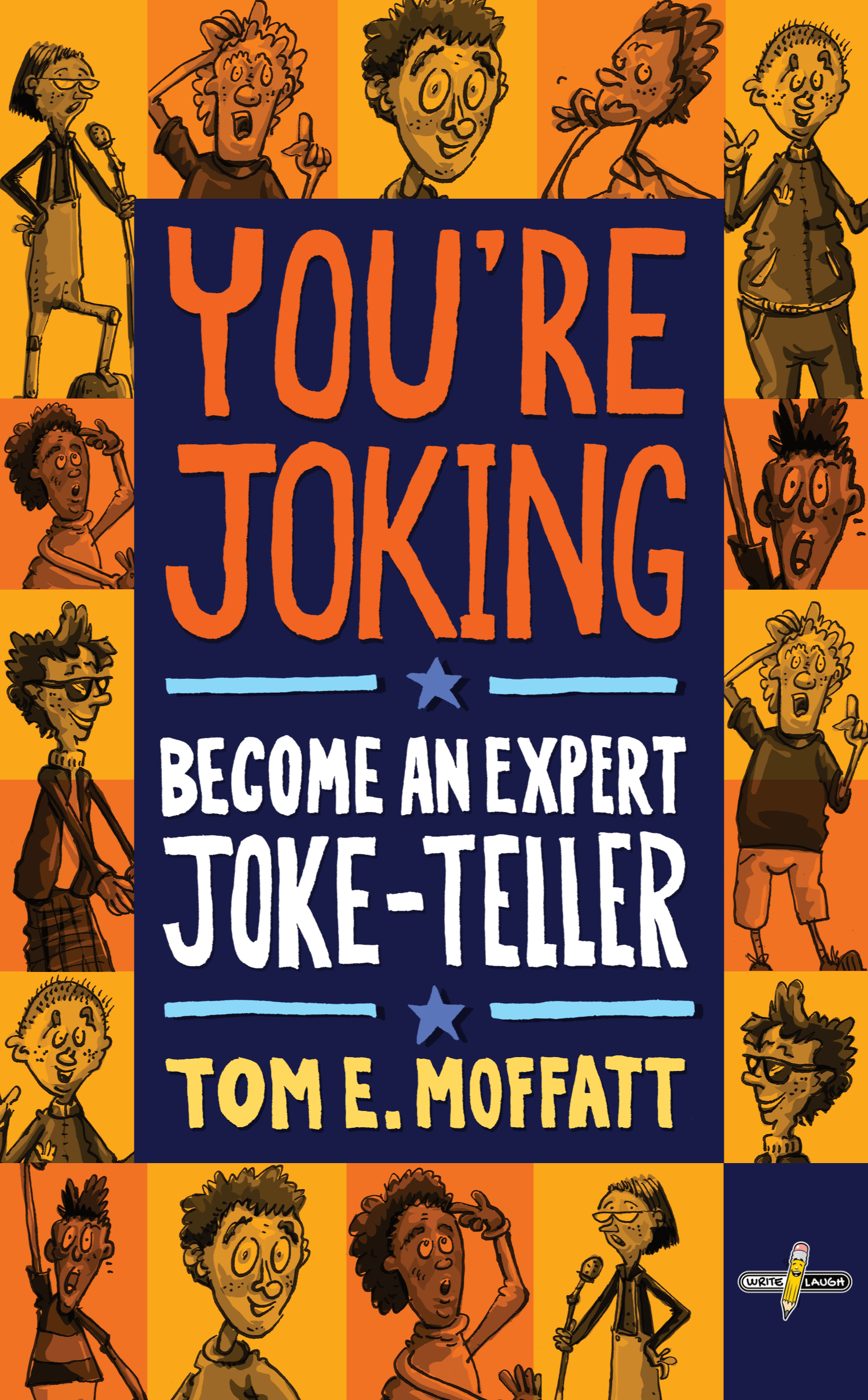
You’re Joking: Become an Expert Joke-Teller
By Tom E. Moffat
Published by Write Laugh Books
RRP $20.00
Check out our coverage of the other Book Awards for Children & Young Adults categories:
The NZCYA finalists announcement, including reckons from editors Sarah, Briar, Nida and Simie



